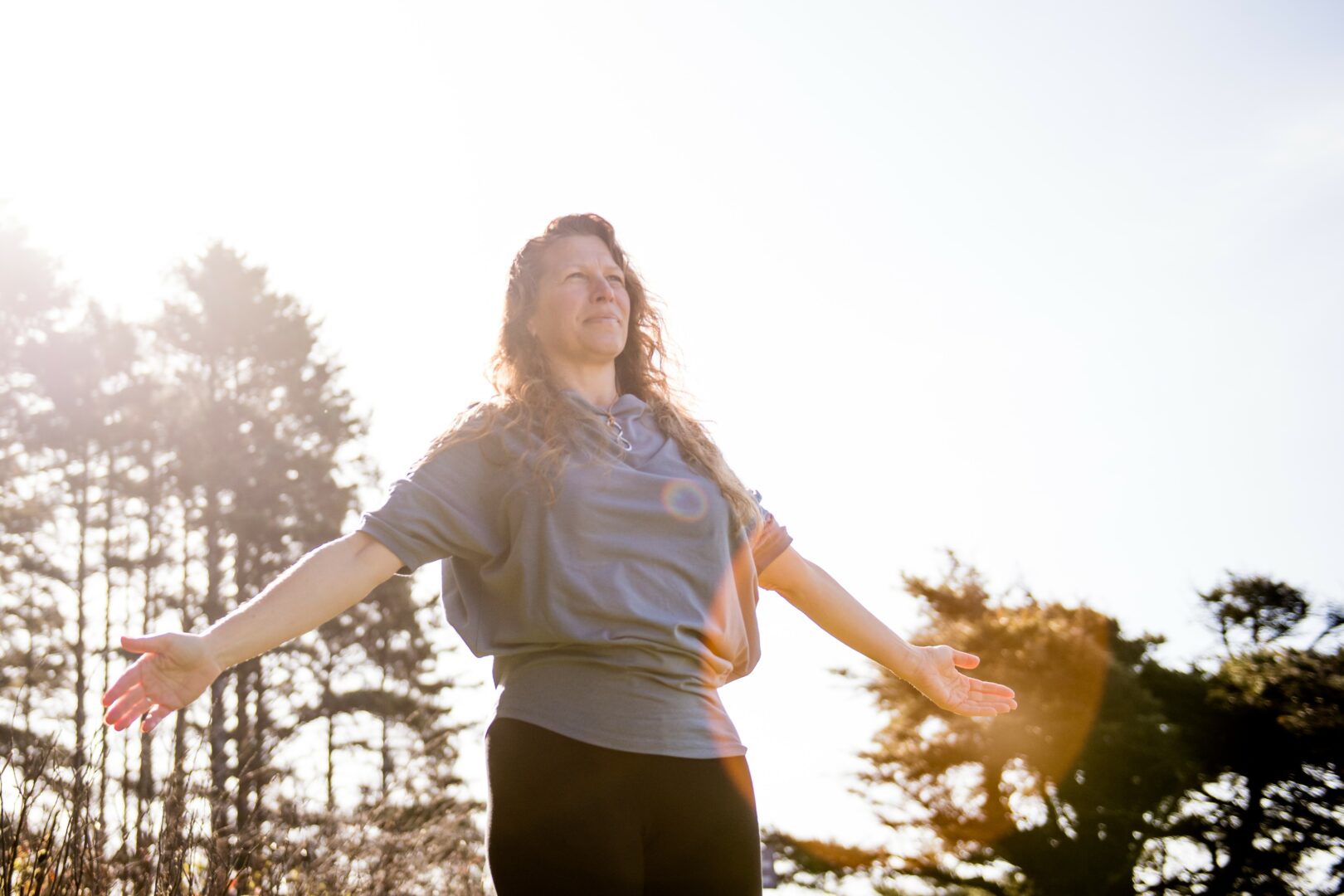We caught up with the brilliant and insightful Ebelle Shum a few weeks ago and have shared our conversation below.
Hi Ebelle, thank you so much for opening up with us about some important, but sometimes personal topics. One that really matters to us is overcoming Imposter Syndrome because we’ve seen how so many people are held back in life because of this and so we’d really appreciate hearing about how you overcame Imposter Syndrome.
There is always a voice inside of me that echoes in my brain – that I am not a “real artist”.
What does that mean? I am not too sure of that myself.
Despite taking art classes and honing my painting skills since I was 13, I don’t think I’ve ever truly taken art seriously. I often tell myself: I can paint better than this, but I always get lazy and finish my work in a way that looks good. Finishing them so they look polished, but without the same drive or passion I imagine a “real” artist would have. Wouldn’t a real artist take even longer, make more drafts, do more research, and buy better materials?
Therefore, to most people – friends, family, even strangers who see my work – there’s no doubt: they call me an artist, and I appreciate their kind words.
But sometimes, instead of pride, I feel guilt. Guilt when I receive a compliment. Guilt when I think about others who are deeply passionate about art but struggle to create what they envision. The guilt is strongest when I finish a beautiful piece in just a few days, while someone else spends weeks on theirs, only for mine to be preferred.
Sometimes I wonder if I only create art so I can bask in compliments, instead of creating art because of passion and love of the craft. Sometimes I also wonder if I am just creating art because I can, not because I want to. Sometimes I even wonder if art is meant for me at all. I procrastinate, avoid it, dissociate from it – until a deadline looms. Then, almost out of nowhere, a burst of inspiration strikes, and I manage to create something I find aesthetic enough.
I often question myself: why can’t I create art without the pressure of a deadline?
My imposter syndrome is like an invisible line that drags me away from the threshold of being an artist. The circle I’ve drawn in my mind, the one with the word “artist” at its center, is something that. I could never step into.
In truth, there isn’t a circle at all. There’s nothing stopping me from stepping inside, and the battle between my mind and hands needs to stop. The only thing holding me back from being prideful as an artist is myself. I need to love my hands more and love the creations I make.
I think recently, I have been taking tentative, but curious steps into figuring out what I love about my art. Being at my current art residency at Time to be Happy Gallery, the community there is full of passionate, artistic people. Seeing how much they love creating, love their own characters, and love their own story; makes me feel a little bit guilty about myself and question why I am there. But as I get more and more accepted, with late-night conversations about me being an artist, honest opinions about how I am already a “professional”, and appreciation from strangers for seeing my art; I feel seen.
I think I am slowly shedding my skin of imposter syndrome and emerging as an artist. I feel more ready than ever to step into the art world and fully embrace its community instead of wavering. I know that I can paint, and I know that I want to paint. My next step is figuring out what to create, instead of waiting for a deadline. Then the next step is shedding off my imposter syndrome, and leaving it behind in my dirty laundry basket. I appreciate my past self for holding onto these doubts, because without them, I would probably not be the artist I am today.
There are probably more steps I could take, but tentative steps is what I need. I think I am almost there, and the view from this high is amazing.
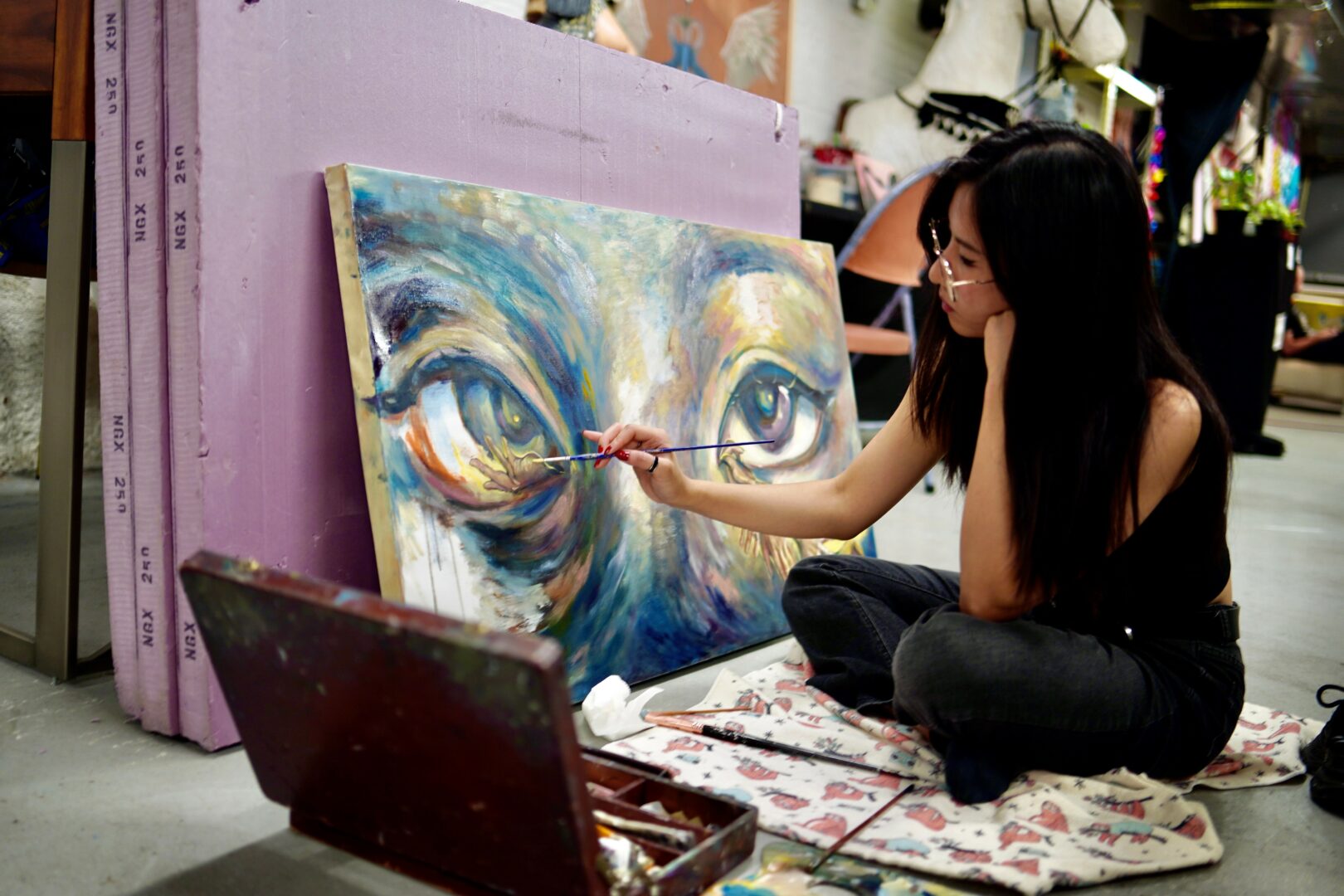
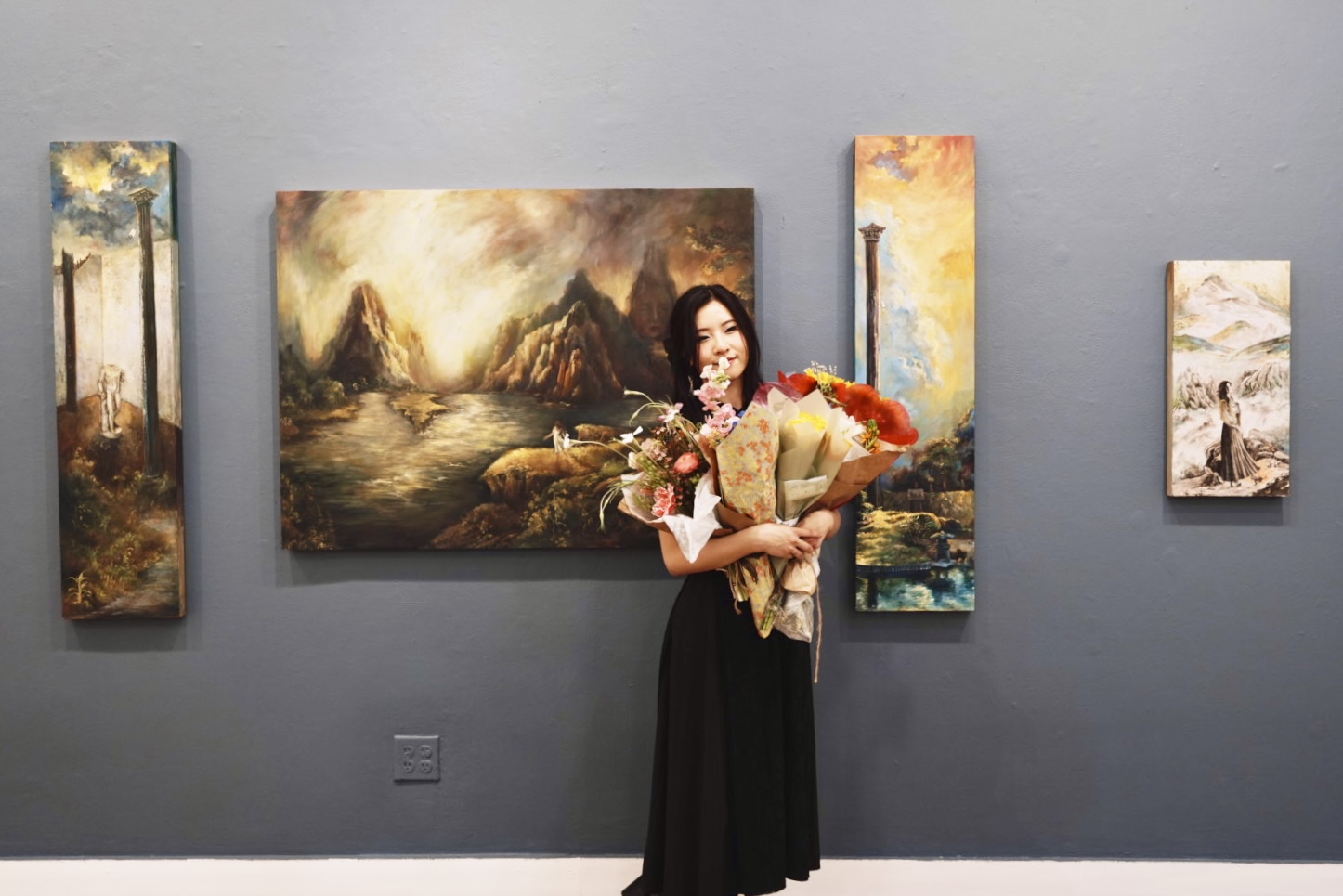
Thanks for sharing that. So, before we get any further into our conversation, can you tell our readers a bit about yourself and what you’re working on?
Currently, as a 2025 Pratt Institute Graduate, I am doing what all 22-year-olds do – looking for work and complaining about the job market. I am interested in all jobs gallery or auction house related, as I want to know the inner workings of these industries to improve my art-making prospects and build my own network. Professionally, I am looking for my own community and learning what I truly want to do – making art, or selling art. Fundamentally, I want to share my love for art and creativity with anyone, and I would love to be someone who dabbles in both worlds.
I am balancing three “jobs” right now. The first one would be my role as a mentor/resident at Time to be Happy Gallery at 219 Bowery. I am still getting used to my role as a mentor, but I love this community and I hope I can be part of it as long as possible. I am learning so much about how to develop myself as a professional artist, and not just an art hobbyist.
Next, would be my internship at Alisan Fine Arts NYC. It is a Hong Kong gallery that has operated for 44 years and has recently come to NYC as a New York Branch. It is super exciting to work here, and knowing how a prestigious gallery makes connections, sales, attends art fairs, and more is always beneficial. Sometimes I feel like I am infiltrating this art gallery, as I love talking to their collectors and making new connections that are more in line with the Upper East Side audience.
Finally, I’m working part-time at Blick Art Materials as a sales associate. I took the job to deepen my knowledge of art materials, connect with new artists, learn from their technical skills and recommendations, and guide beginner oil painters toward the right tools to get started.
All these roles are challenging to upkeep as I don’t have any more “free time”, but I am so glad I have these opportunities, I am learning and maturing as I go.
As part of my own practice, I love creating works that draw on traditional Chinese techniques while incorporating European art subjects, an approach shaped by my upbringing and education in Hong Kong. For example, here’s an excerpt from my artist statement:
“Working on both wooden panels, Thai kozo paper, and linen, I approach the surface as a site of escapism. The use of oil paint and Chinese ink reflects my endearment with Old Master works and the traditional ink painting practices rooted in my cultural heritage. Through rich, dark palettes offset by moments of unexpected brightness, I create narratives that blur the boundaries between character and self. There is an intentional tension – between darkness and whimsy, beauty and discomfort – that runs throughout the series. The visual language draws from Romanticism, 17-1800 century British portraits and landscapes, Rococo techniques, and Chinese landscape ink painting influences, bringing together sophisticated historical references with a dreamlike, contemporary sensibility.”
Currently, I love painting miniatures as commissions. If anyone is interested in a miniature 2″ x 2″ painting of anything, let me know!!

If you had to pick three qualities that are most important to develop, which three would you say matter most?
I will break down one quality and one skill that have shaped me so far.
Quality:
Learning how not to compare myself. Sufficient to say, all artists compare themselves and wonder how someone younger or even their age could paint or draw so much better. I have done this numerous times, and I often joke about quitting art. But the truth is, the futility of comparison is quite clear. No one would know I’ve been painting since I was thirteen unless I said so; if someone measured themselves against me without that context, it wouldn’t be fair. The same logic applies in reverse: when I see the impressive work of my peers, I remind myself that their skill comes from the time and dedication they’ve already invested. All I need to do is continue putting in that same commitment, and in time, I’ll reach my own milestones.
Moreover, we all make such different art, and being at Time to be Happy Gallery has made that especially clear to me. Everyone there is so good at what they do, yet there’s no real comparison to be made. They can’t create my art, and I can’t create theirs. That idea feels so important to remember: no one else can make your work exactly the way you do. And with that in mind, comparison becomes unnecessary.
Skill:
I think observation and processing skills are critical to be a great artist – no matter how hard you practice, if you don’t observe how a certain technique skill is done, and then process how to replicate or internalize it, it will take much longer to learn. I credit my current painting ability to my love of the old masters; I would study their works layer by layer, trying to understand how each stroke was built.
I would advise people who begin to paint or draw to discover which style, type, or medium of art they truly enjoy. Some people will think graphite is the only way to become good at drawing, but get discouraged when they realise they do not have the technical skills that, let’s say, someone with 10 years of practice has. Perhaps they would draw better with pastel pencils or conte. Therefore, definitely observe, change, and try again.
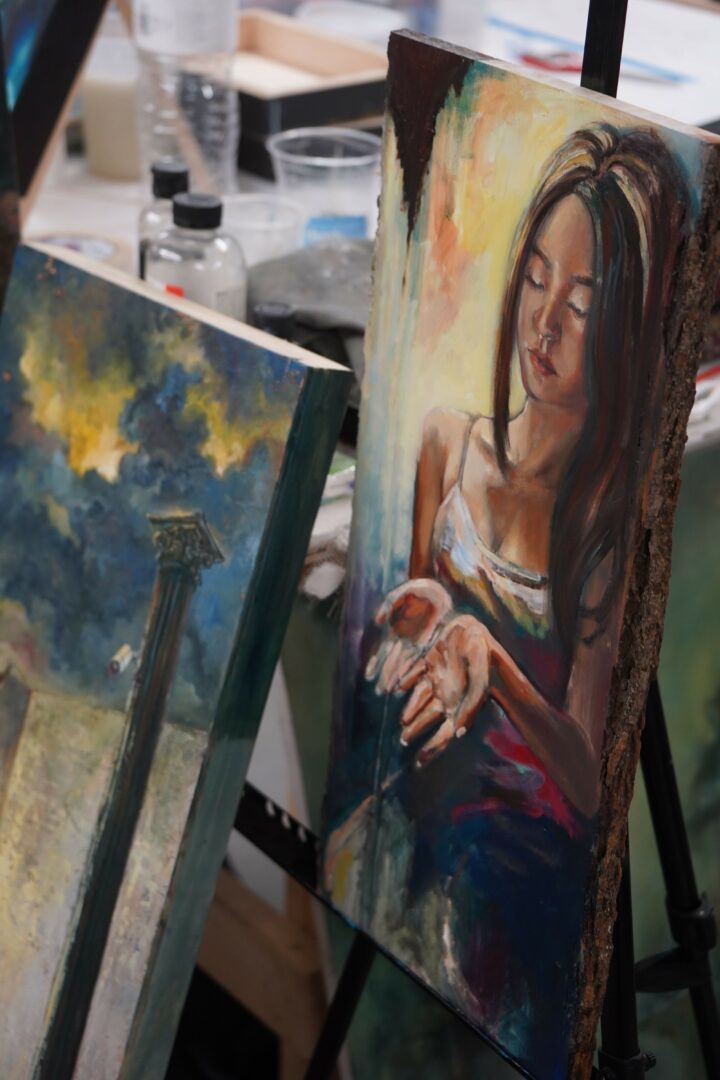
Looking back over the past 12 months or so, what do you think has been your biggest area of improvement or growth?
My biggest area of growth in the past 12 months has been learning how to be more open and how to present myself as an artist.
Over the past couple of years, I feel I’ve truly stepped into my identity as an artist, especially as I’ve discovered my own “style” and “area of interest” within painting. This pushed me to become more comfortable not only making art, but also speaking about my experiences and presenting myself to different audiences.
Working on my thesis during my final semester at Pratt Institute played a huge role in this growth. It challenged me to define my favorite art styles, artists, and movements, while also shaping the narrative of my own practice. Instead of just explaining why I created a work around a specific topic, I began to share my passions and personal story with more confidence.
Furthermore, my time at Time to be Happy Gallery further strengthened this. Being surrounded by more experienced artists showed me that we are all, in some way, awkward creatures. I realized I don’t need a perfectly memorized script to explain my work; it flows more naturally when I simply speak from my perspective. Observing how other artists talk about their characters and processes has also inspired me to refine how I share my own.
By becoming more open and confident, I’ve found that my art carries more weight when paired with my own voice. This growth is something I’ll continue to build on as I move forward in my practice, and embrace my artist self.
Contact Info:
- Website: https://ebelleshum.wixsite.com/mysite
- Instagram: https://www.instagram.com/ebaintt/?hl=en
- Linkedin: https://www.linkedin.com/in/ebelle-shum/

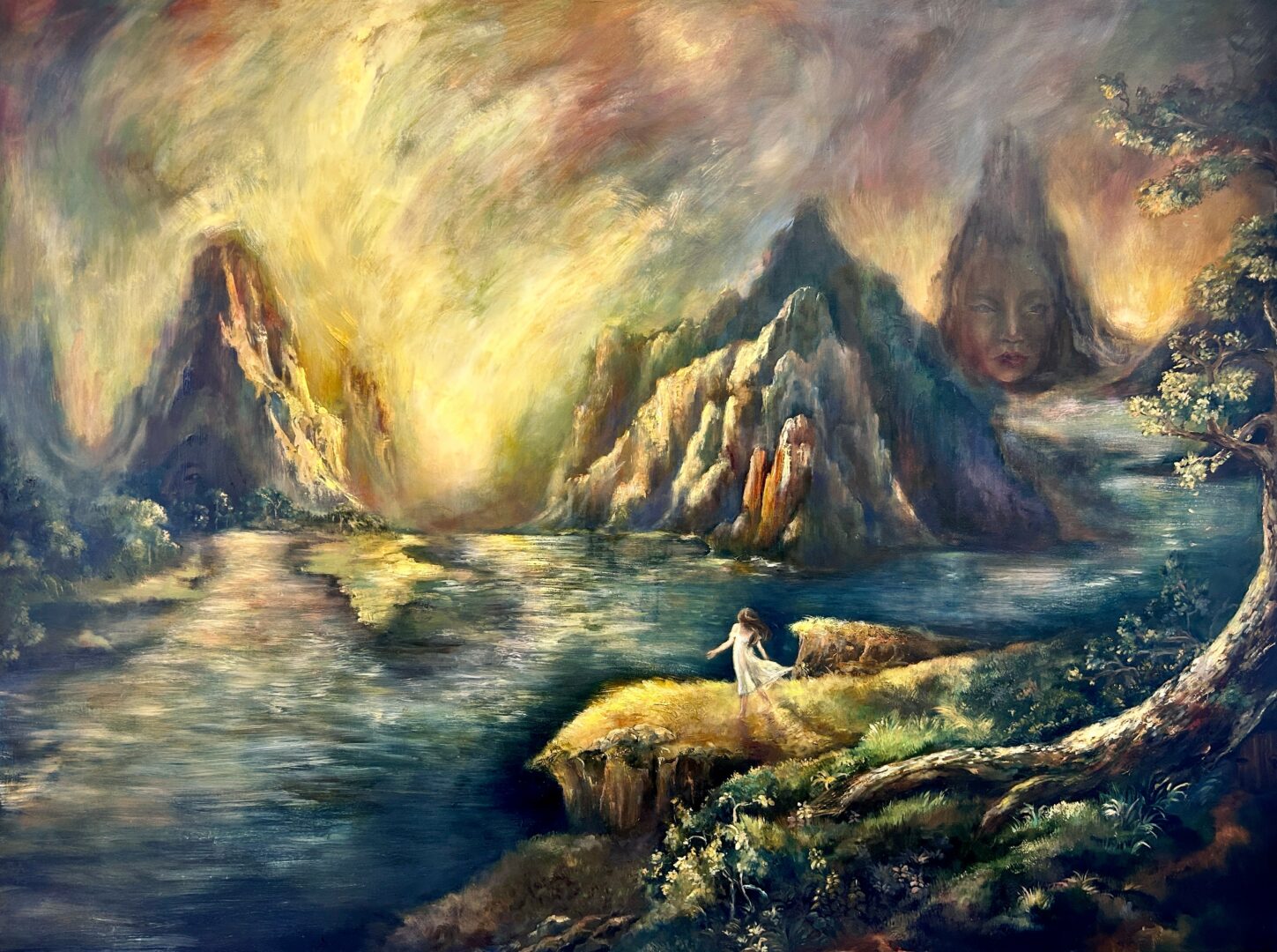
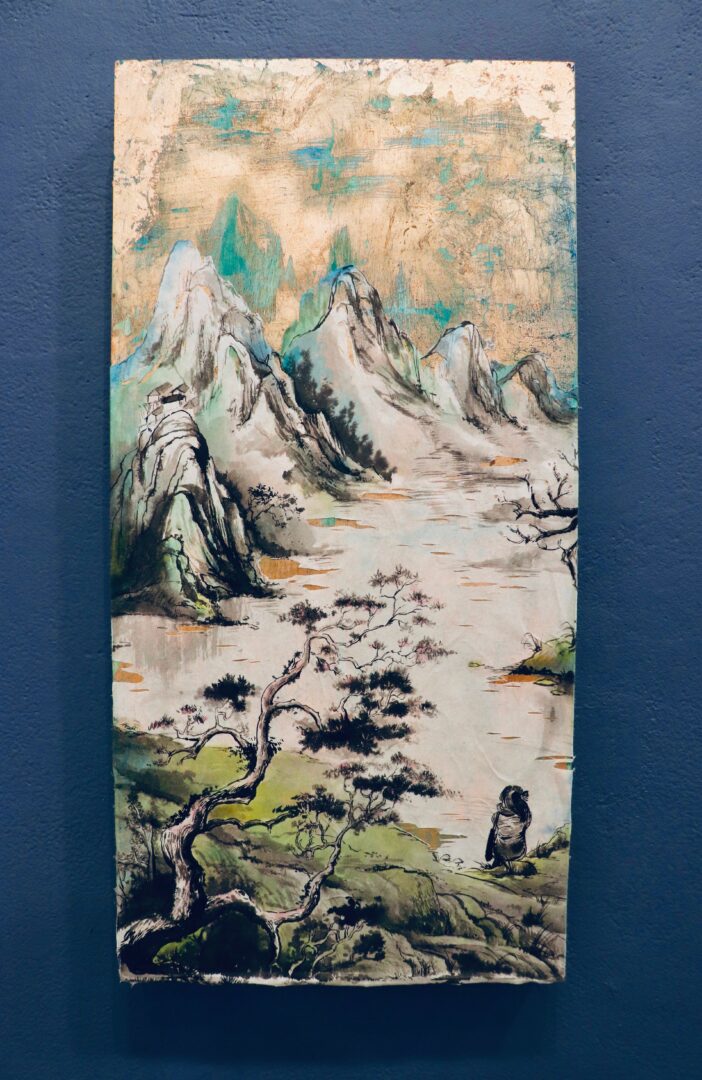
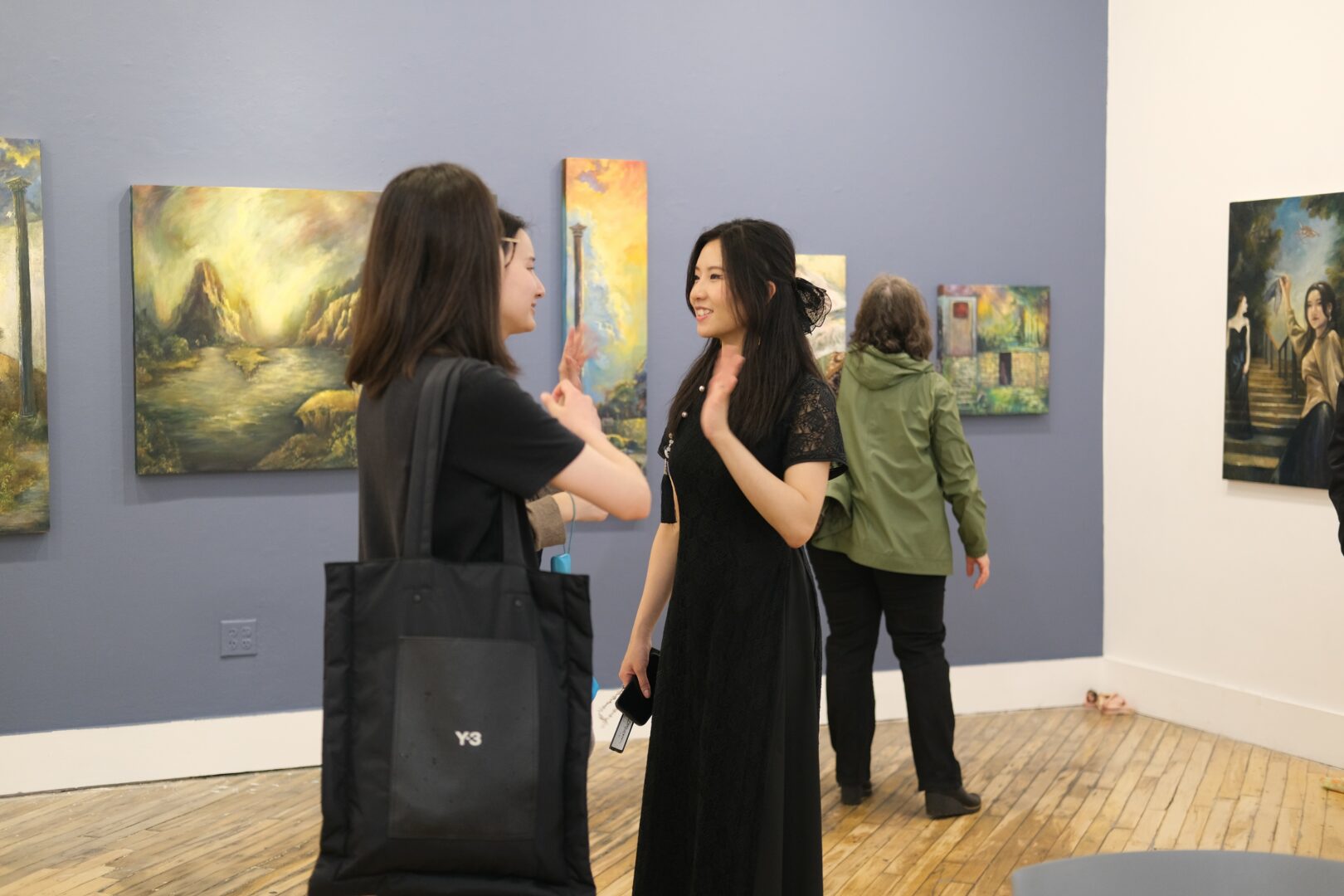
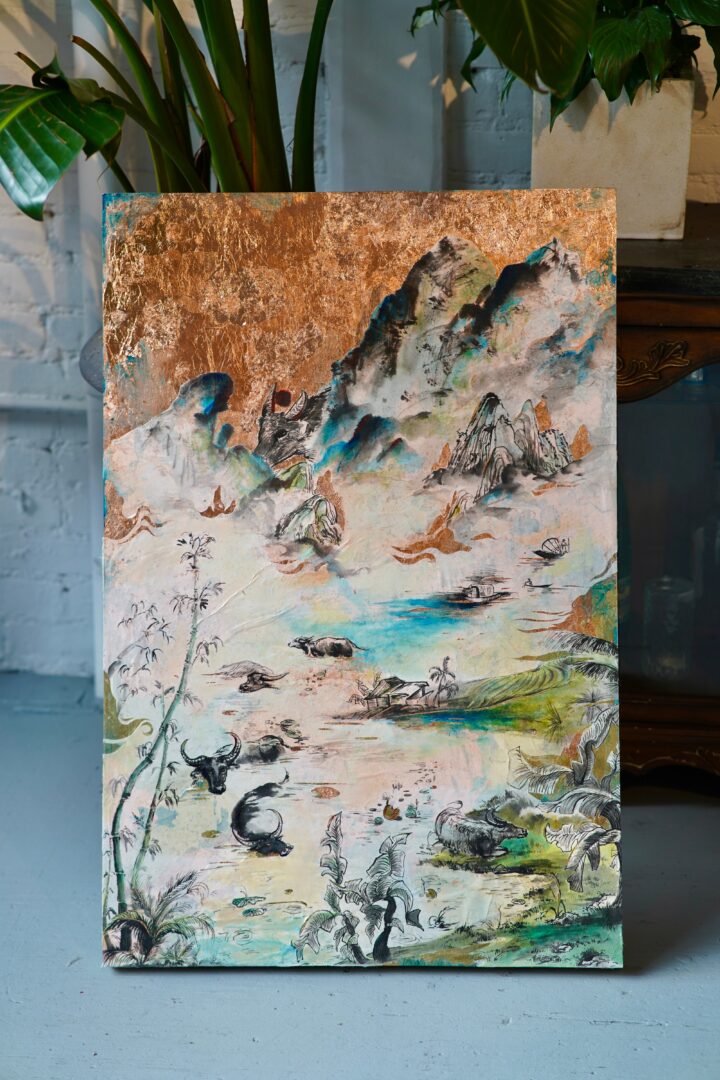
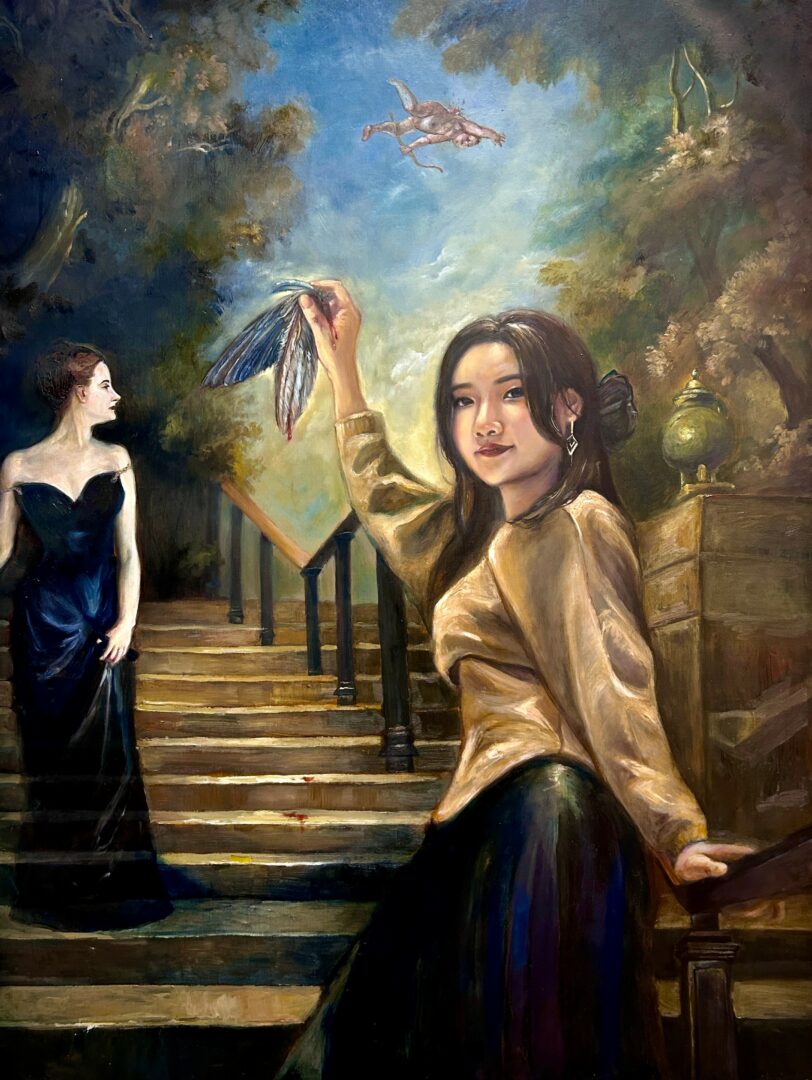
Image Credits
Janet Chuang
Jaime Marrero
Jean Pierre Dominguez
so if you or someone you know deserves recognition please let us know here.



